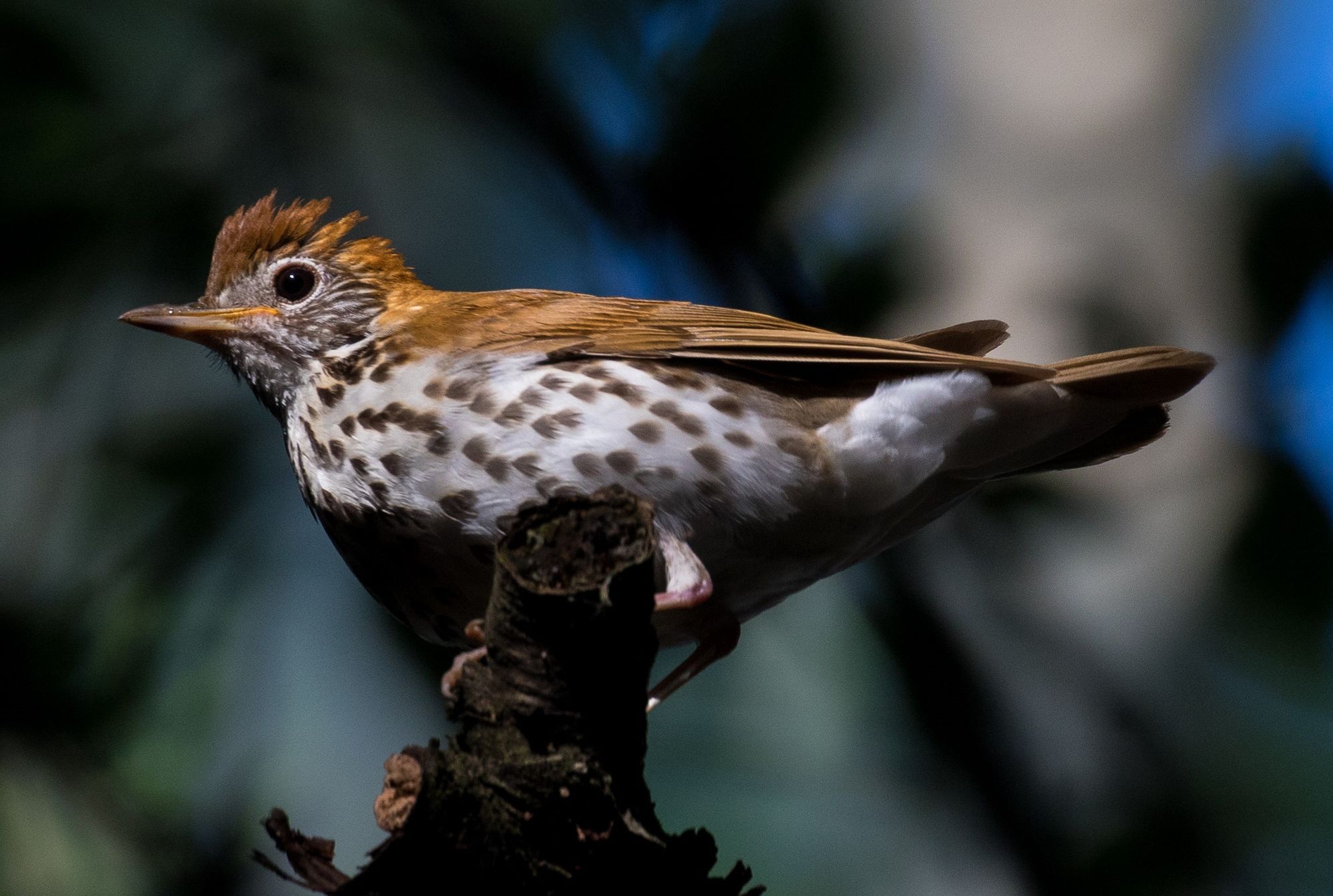;
;
;
Next Article
University of Guelph study looked at impact on wood thrushes as a measure of growth on region’s biodiversity
Last updated on May 25, 23
Posted on May 25, 23
5 min read
